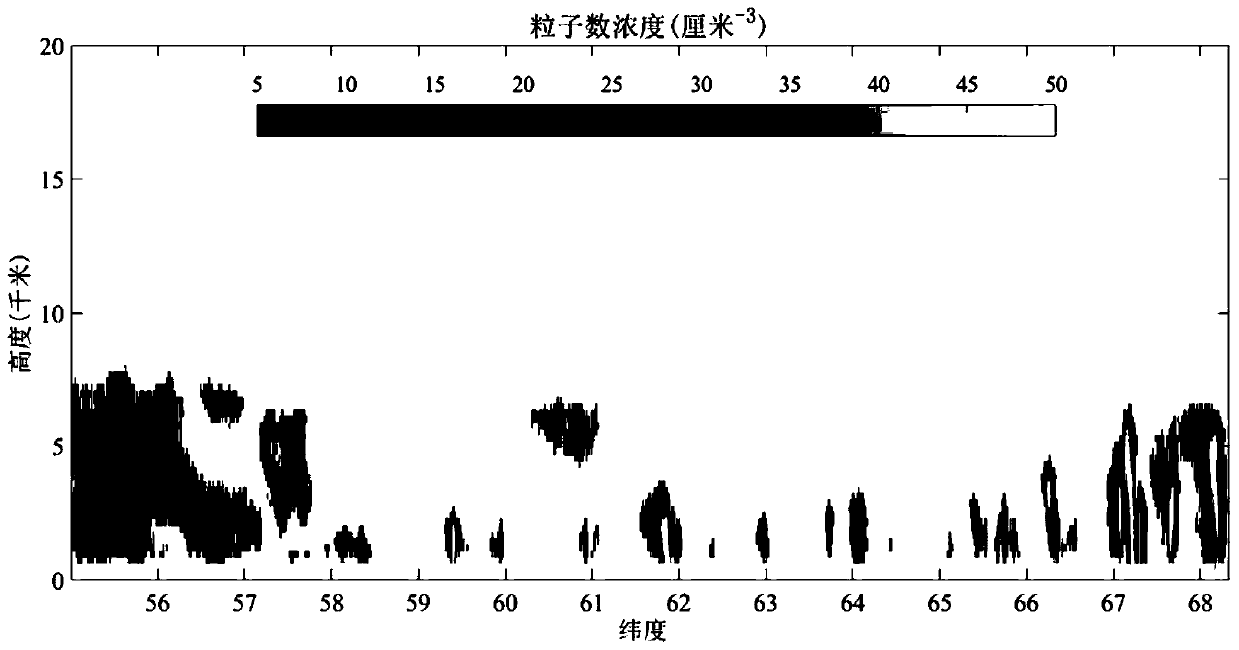Cloud and rain microphysical parameter inversion method based on space-borne three-frequency millimeter wave radar
A millimeter wave radar and physical parameter technology, applied in the field of remote sensing, to achieve the effect of small cost function, high spatial and temporal resolution, and fine inversion results
- Summary
- Abstract
- Description
- Claims
- Application Information
AI Technical Summary
Problems solved by technology
Method used
Image
Examples
Embodiment
[0066] combine figure 1 , the present invention is based on the inversion method of cloud and rain microphysical parameters of spaceborne triple-frequency millimeter-wave radar, comprising the following steps:
[0067] Step 1. Based on a large number of ground-based and airborne millimeter-wave radar cloud and rain detection data, statistical analysis is made on the temporal and spatial distribution characteristics of cloud and raindrop particles, and the spectral functions of cloud and raindrops under various typical weather conditions are fitted and summarized;
[0068] Step 2. Perform space-time matching on the satellite-earth detection data, and perform cloud detection based on the threshold method; use the generalized Gamma distribution function to characterize the distribution of cloud and raindrop particles, and perform parameterization, as follows:
[0069] Step 2.1. Match the space-borne W, Ka and Ku tri-frequency millimeter-wave radar data and the ground-based millim...
PUM
 Login to View More
Login to View More Abstract
Description
Claims
Application Information
 Login to View More
Login to View More - R&D
- Intellectual Property
- Life Sciences
- Materials
- Tech Scout
- Unparalleled Data Quality
- Higher Quality Content
- 60% Fewer Hallucinations
Browse by: Latest US Patents, China's latest patents, Technical Efficacy Thesaurus, Application Domain, Technology Topic, Popular Technical Reports.
© 2025 PatSnap. All rights reserved.Legal|Privacy policy|Modern Slavery Act Transparency Statement|Sitemap|About US| Contact US: help@patsnap.com



